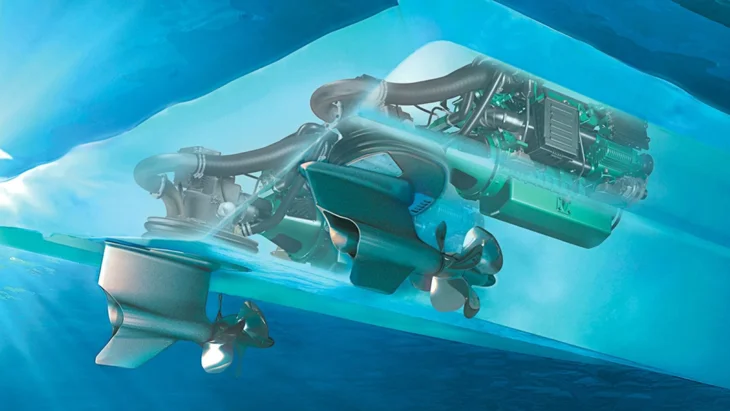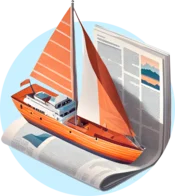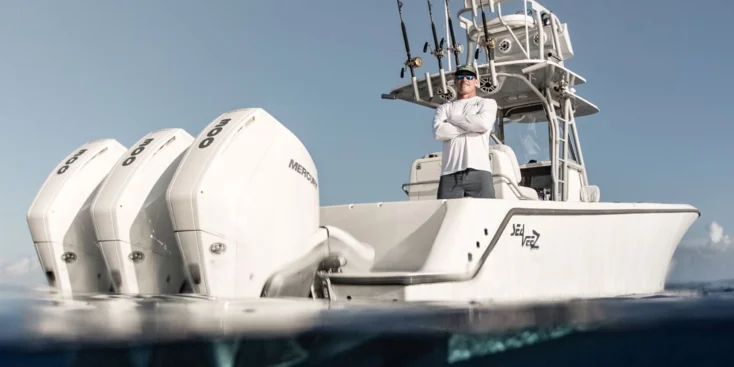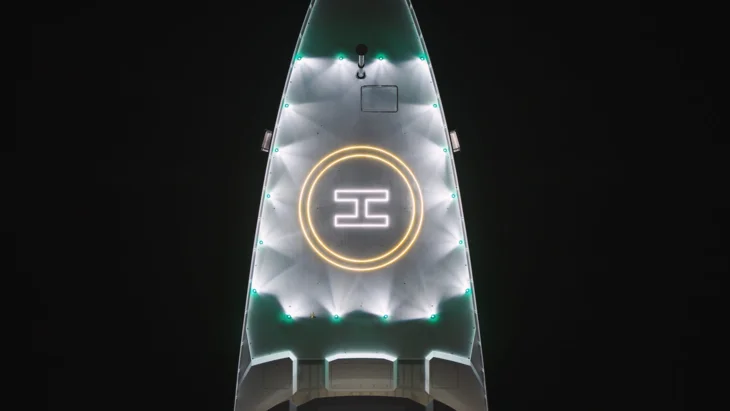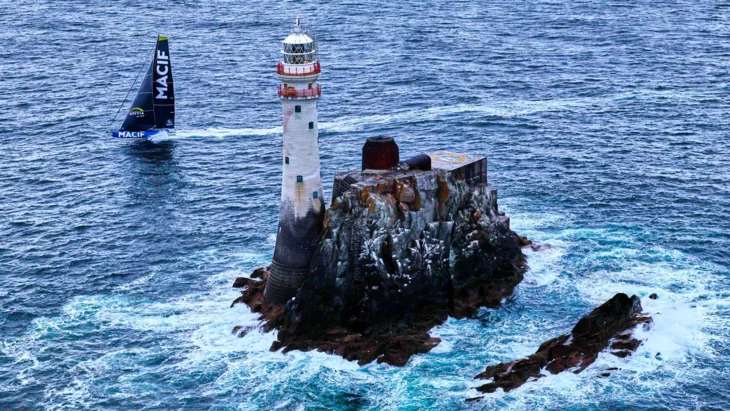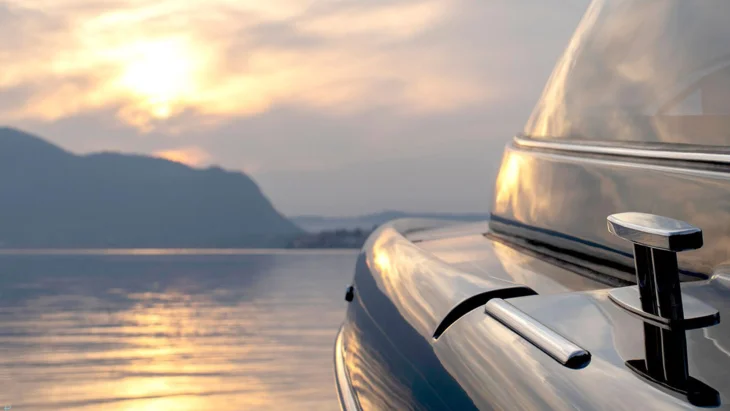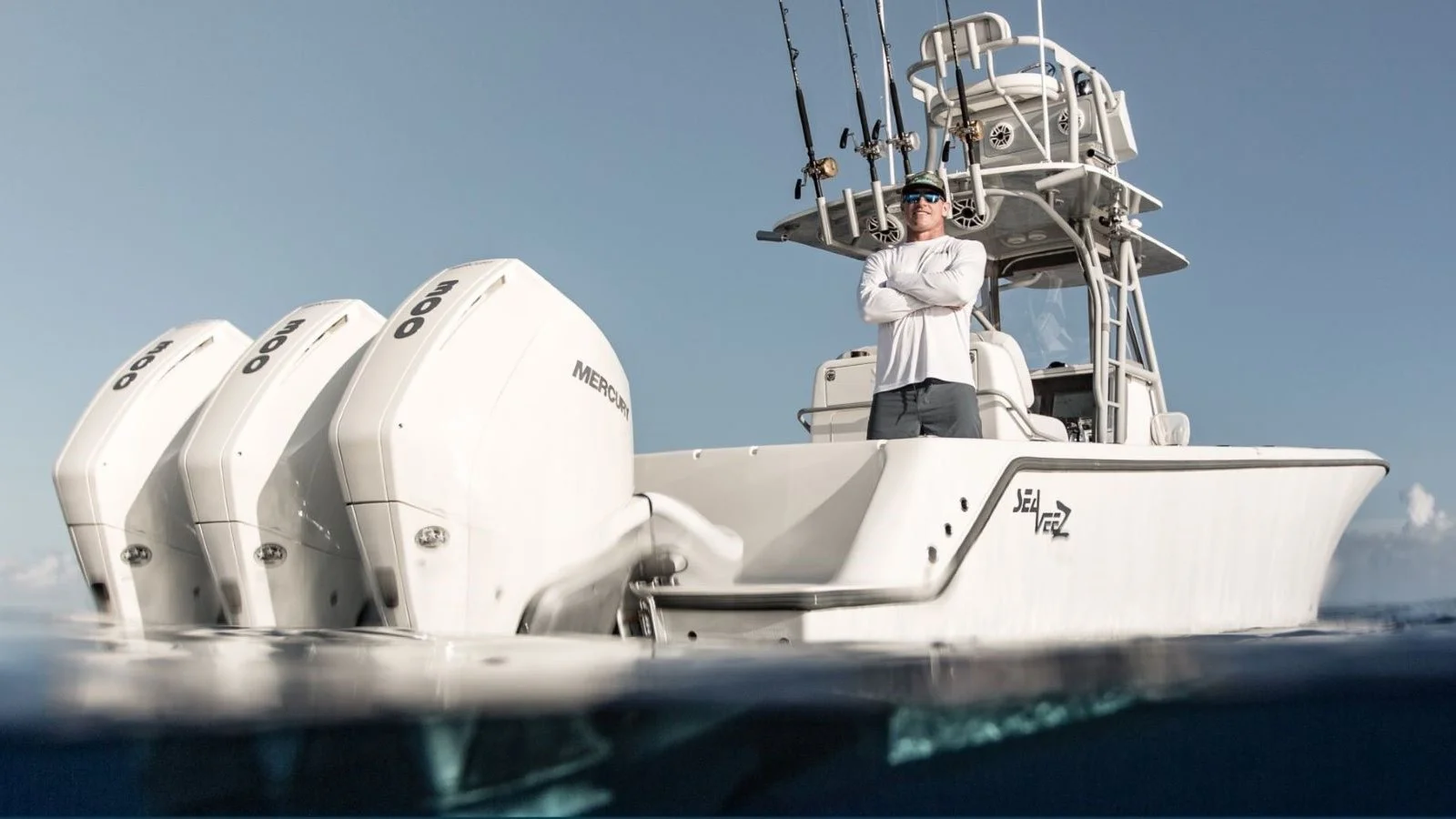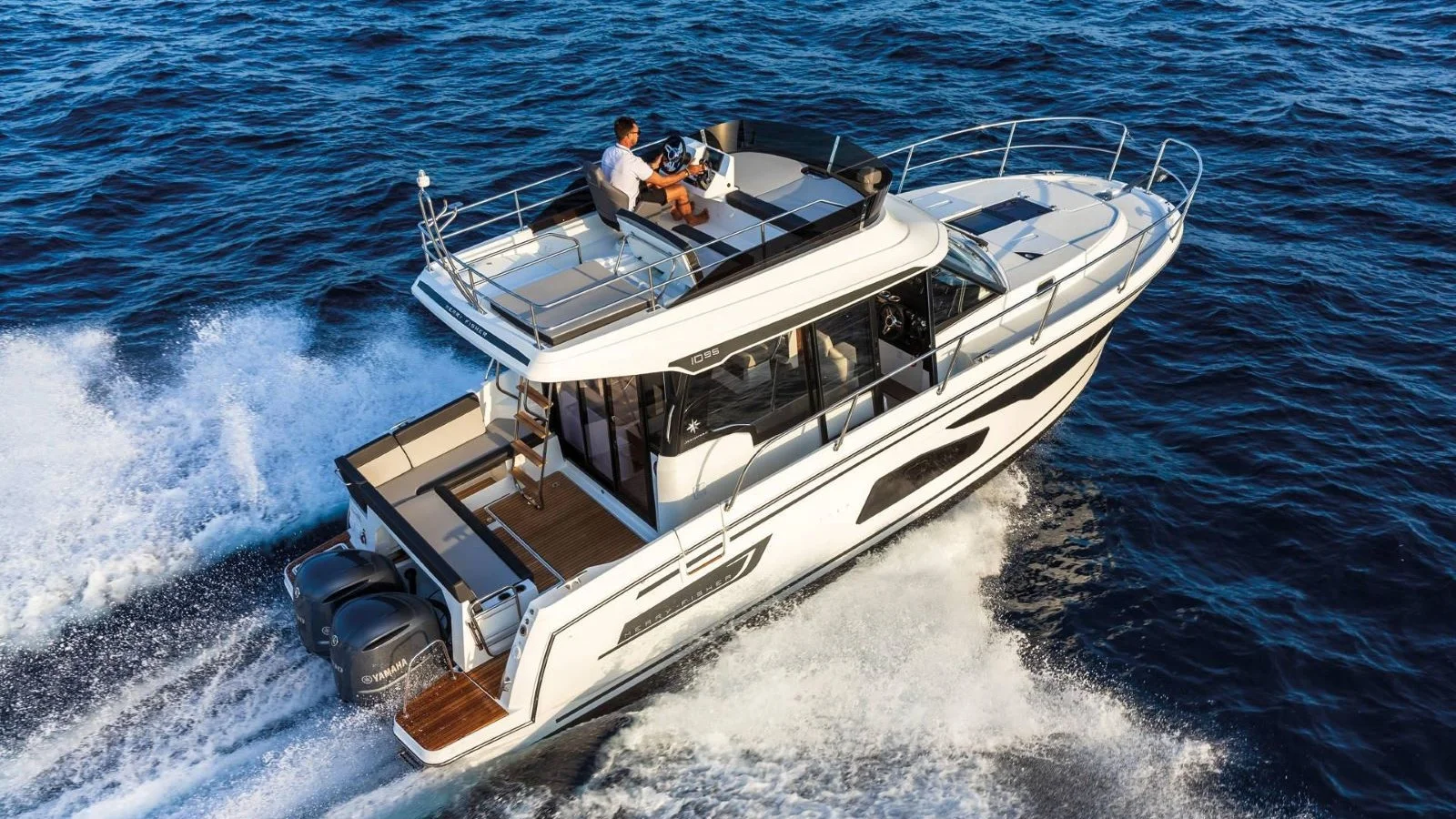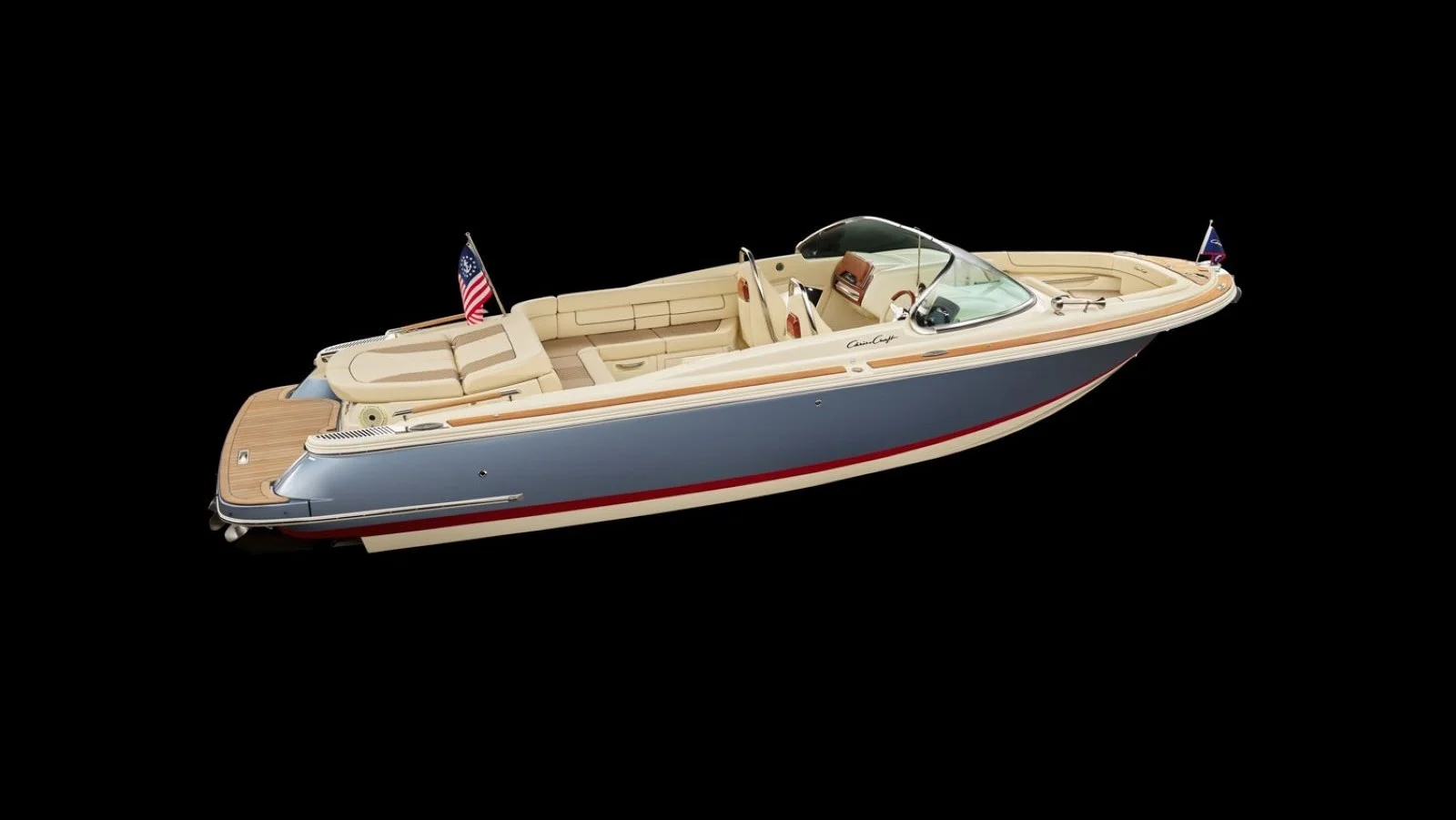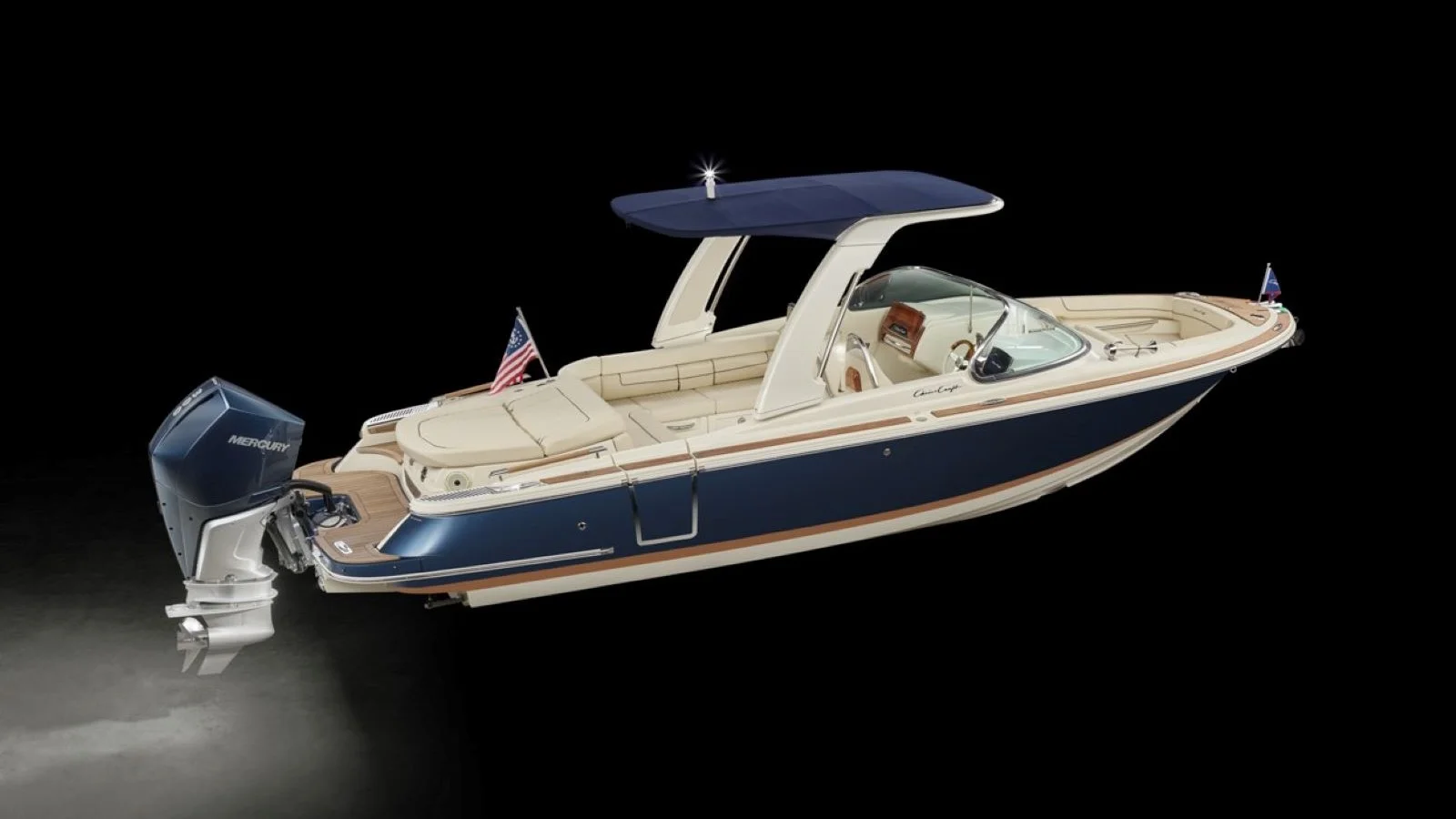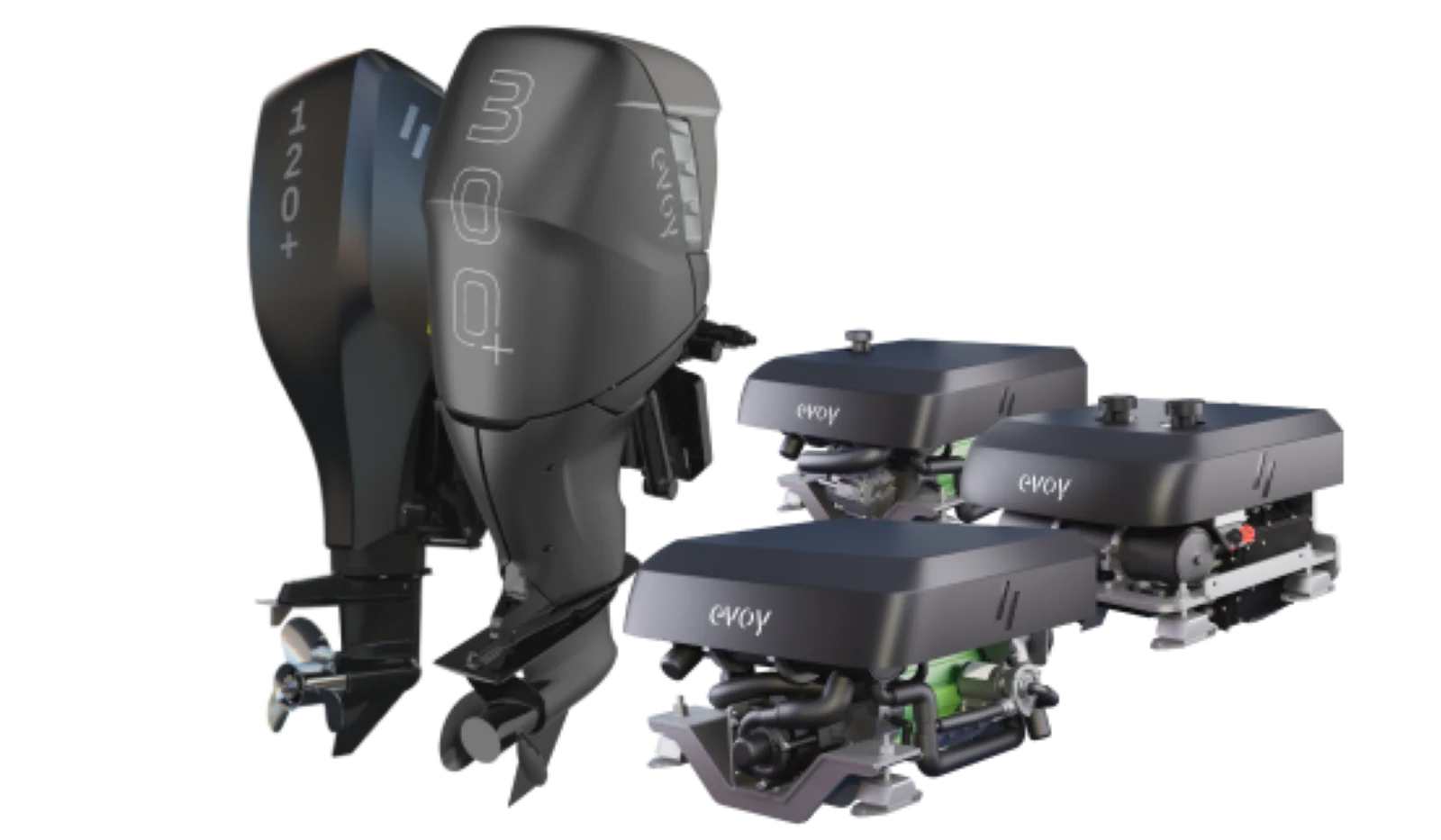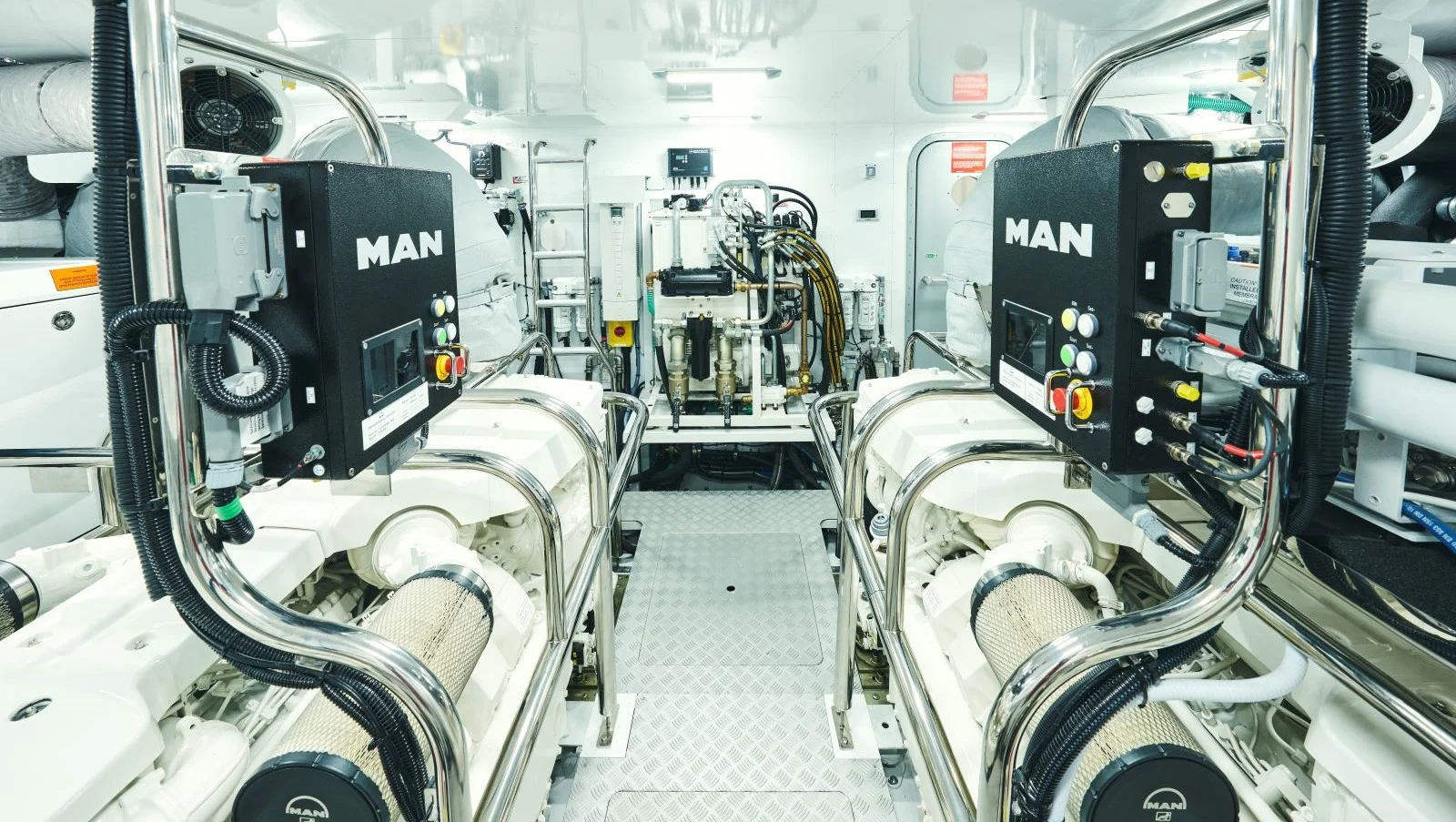Yacht and powerboat engine types: inboards or outboards?
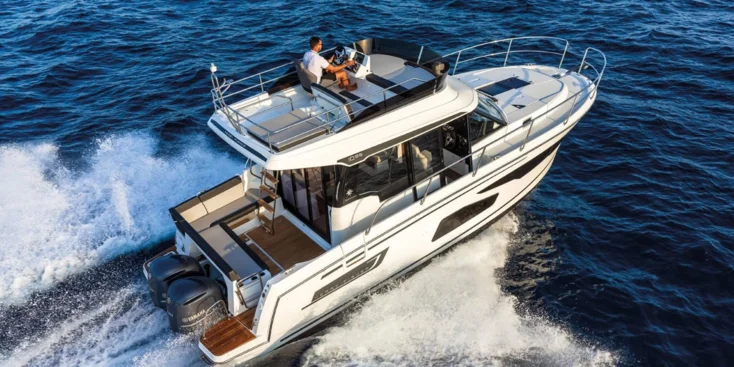
Depending on the boat's size, characteristics, purpose and optimal fuel type, she can be equipped with different engine types: from the well-known outboards and good old diesel engines to complex super modern hybrid systems
Some solutions are determined by the boat construction, and the first question is whether they will be inboard or outboard
Outboard engines
This is the most obvious and sometimes the only solution for the boats, whose size does not allow for an engine compartment. However, today one can often see rather large boats equipped with one or several outboard engines.
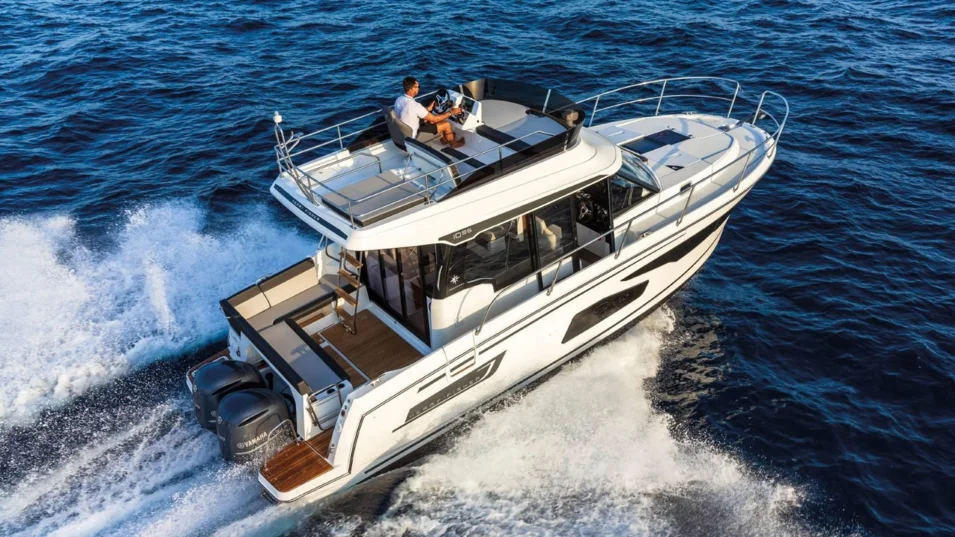
Among them there are both specialized boats like huge sports RIBs and family or fishing cabin cruisers, designed for comfort at sea and the simplest possible operation. A lot of shipyards, for instance Jeanneau (Merry Fisher range) or Azimut (Verve models), manufacture series of such cruisers or mini yachts, designed to be equipped with outboards.
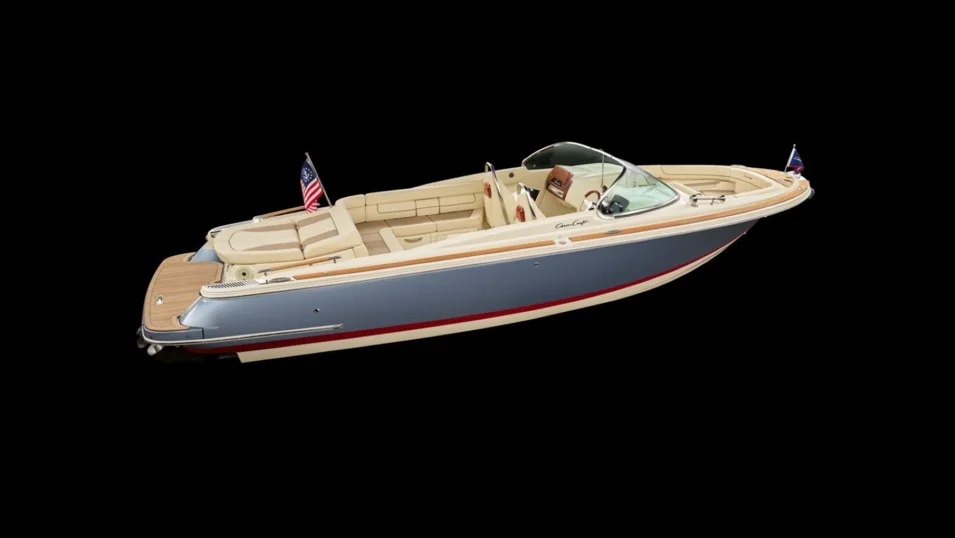
Or it might be the other way around: there are models that are sometimes quite small and can be equipped with either outboard or inboard engines at the owner’s request. Usually, it refers to the boats of 10-14 m, but there may be even 8-metre boats, too, like Chris-Crafts, which can also be equipped with inboards, and will be even cheaper than the versions with outboards. Let alone the fact that this solution is a lot more beautiful and elegant for gentlemen’s runabouts.
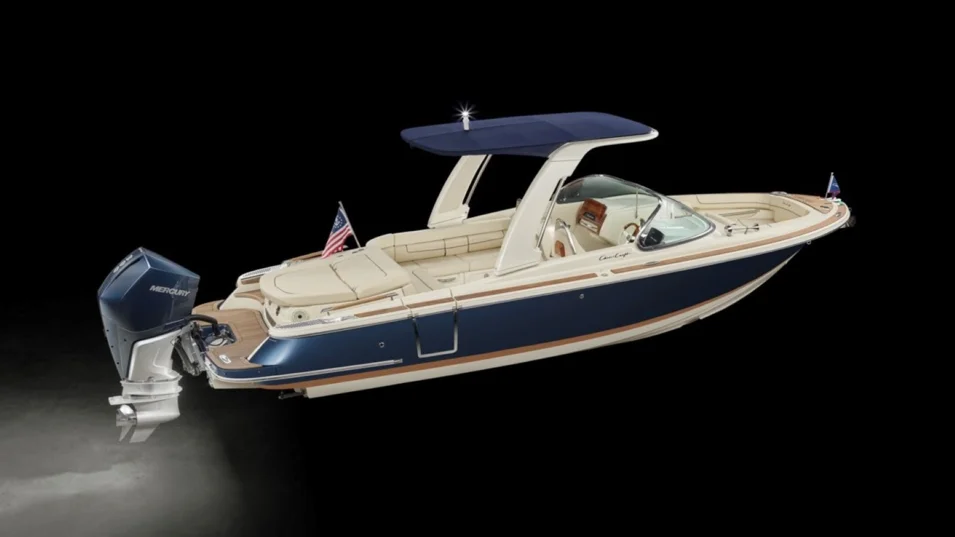
It is actually not quite right to say which is better: each model may have its subtleties that get revealed in combination with either outboard or inboard engines. It is a better idea to look at the price, performance characteristics, service availability in your area and personal preferences.
Modern petrol outboard engines are normally four-stroke. They are more reliable than two-stroke ones and are 20-30% more fuel efficient, more eco-friendly and quieter. However, the two-stroke ones are far cheaper and lighter, and if you happen to drop this kind of engine overboard, it is easier to bring it back to life.
Benefits:
-
It does not take up space inside the hull, so there is more living space onboard
-
It is easy to repair, change, transport and store
-
It can be sold separate from the boat or you can mount a second-hand engine, which is an economical solution
Drawbacks:
-
It occupies space on the bathing platform
-
High level of noise
-
There is a risk of theft, as outboard engines are in demand on the secondary market
-
Outboards’ lifetime is shorter than inboards, and fuel consumption is higher
-
Outboards are not safe for towing sports and it is strongly advisable not to use them
Petrol or diesel?
Although the majority of modern outboard engines today run on petrol, there are diesel ones, too, for instance, Oxe Diesel or COX. Their obvious drawbacks are a large weight, a high price, and for now their maximum power is no more than 350 hp: Сox Marine company introduced its new diesel Cox V8 350 outboard at Miami Boat Show in February 2024. Petrol boats may have up to 600 hp, like Mercury 600hp Verado V12 5.7L.
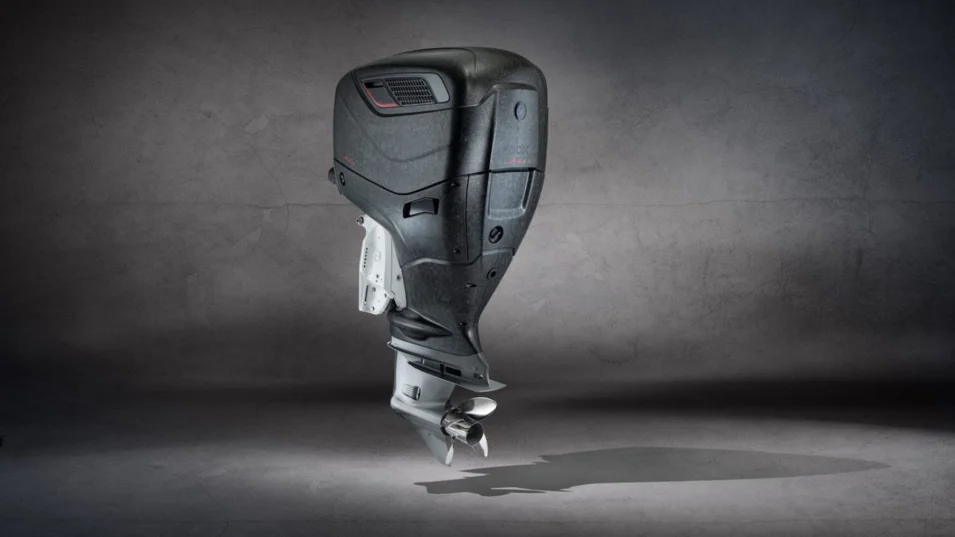
However, according to manufacturers, a diesel engine serves three times longer than the petrol one, and consumes 20-30% less fuel. It is a good idea to calculate how long it will take the savings on fuel to pay off. It makes sense to opt for a diesel outboard only in case you are going to use it for years and not to sell. By the way, for now it is more difficult to sell this still exotic kind of plant than the popular petrol one.
Electric outboards
There are lots of electric outboard engines on the market, too. Their benefits are eco-friendliness, small weight (3-15 kilos), low level of noise, easy repairs. The drawbacks are a limited range and the power that is still quite low. Today’s top performer is the 300 hp STORM by Norwegian start-up company called Evoy. With a standard 126 kWh battery pack it can reach a top speed of 50 knots (90 km/h) and have a range of 37 nautical miles (68 km) at a cruising speed of 25 knots. With an optional battery pack of up to 378 kWh one can increase the range to achieve 103 nautical miles (190 km) at the same speed. However, the weight of the whole system will be more considerable, too: about 2300 kg. As for the price, even in the standard version this kind of outboard together with the battery pack will cost you over 150 000 euro, which is much more expensive than even the most powerful petrol outboard.
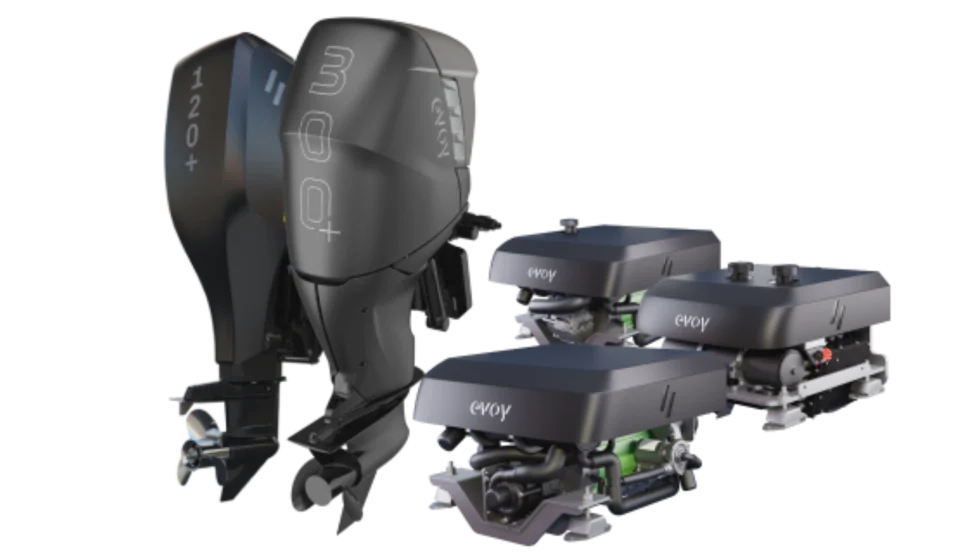
The limits of reason
Taking into account the fact that outboard engines are easy to change, at times you get tempted to add some horsepower and make the boat “fly”. And it really can do so, if you exceed the maximum power capacity. As the speed grows, so do the forces that the hull is exposed to, which may lead to its destruction – as a rule, somewhere at the transom (exceeding the strength limit), loss of control or capsizing (exceeding the stability limit). There are methods to estimate the maximum power depending on the material, sizes and shape of the hull, but if you don’t want to go into details, just read what the capacity plate says at the transom carefully.
Inboard engines
Larger boats over 12 meters are as a rule equipped with inboard engines (the exceptions are described above). They can be both diesel and petrol, although starting from 15 meters diesel is usually predominant. It has to do with the fact that petrol engines are often used with sterndrives, which are normally used for boats of no more than 45 ft (15 metres).
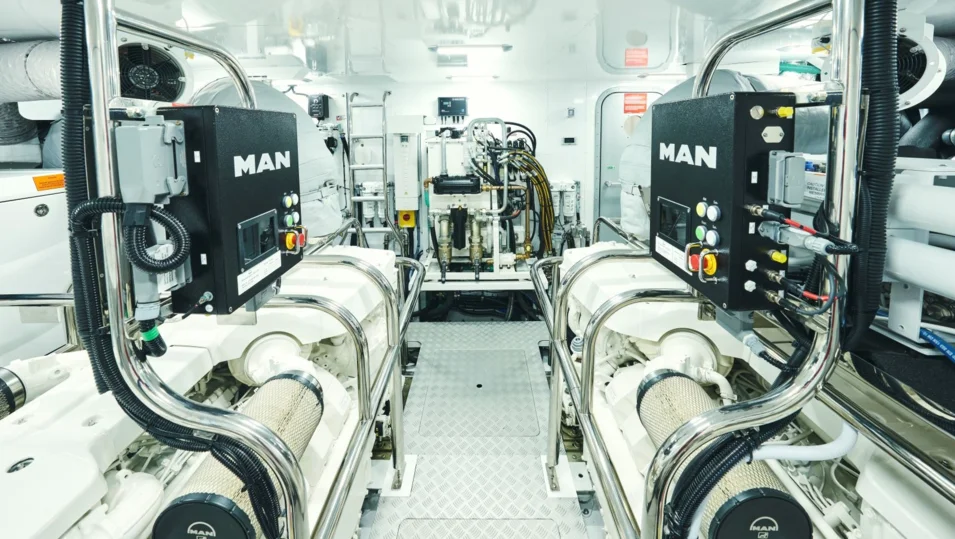
Besides, inboard diesel engines are larger and heavier than petrol ones, and mounting them on smaller and lighter boats means reducing the speed and the living space. Diesel engines consume less fuel and are capable of trouble-free service a lot longer than the petrol ones. Moreover, the range of their power is just huge: from a few dozens to a few thousand hp per plant.
Benefits:
-
More fuel efficient and durable than outboards
-
Considerably less noisy
-
Wide choice of both diesel and petrol models
-
Free bathing platform
Drawbacks:
-
Engine compartment reduces the living space inside the hull
-
In case the engine compartment is too small, there might be some difficulty with access to some engine components during maintenance and service
Diesel and petrol inboard propulsion systems are definitely not the only options. They can also be electric, hybrid and even hydrogen. But that is a topic for another article.
You have successfully subscribed to our newsletter
